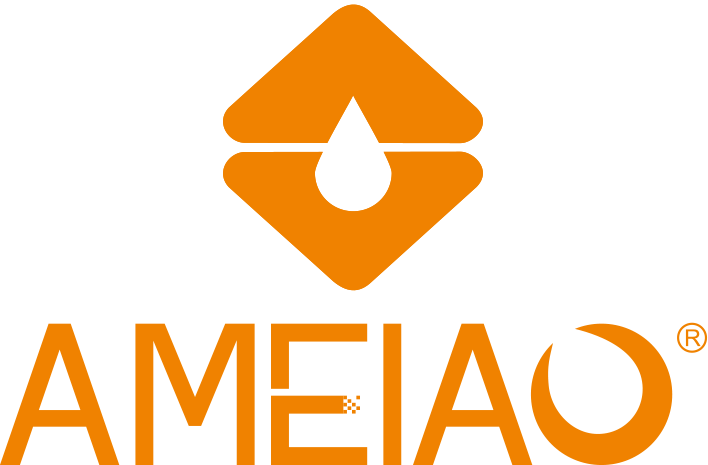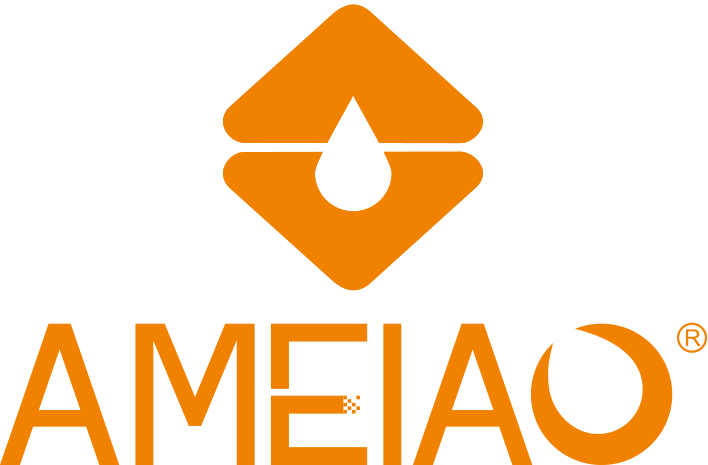Are Apron Sinks Still in Style?
The apron-front sink—also commonly called a farmhouse sink—is characterized by a wide, deep basin and an exposed front “apron” face that extends slightly beyond the cabinetry. Historically rooted in rural homes and designed for heavy use, this format is now found in kitchens across design styles. In terms of design longevity, it's clear that apron‐front sinks have moved well beyond being a fleeting fad. Leading interior design voices describe them as “timeless” fixtures that retain relevance in 2025 and beyond.
Style Versatility
Though the style evokes traditional and farmhouse aesthetics, modern iterations of Apron Sinks are available in materials, finishes and size configurations that adapt to transitional, contemporary, and even minimalist kitchens. The prominent front face becomes a design feature—whether in crisp white fireclay, brushed stainless steel, or matte black composite. This means homeowners and designers can work the apron‐front sink into a wide palette of aesthetics.
Performance and Practicality
From a functional standpoint, apron sinks continue to perform well. The large basin accommodates oversized cookware, bulky pots, and substantial dish loads; the forward position of the sink reduces reach and leverages ergonomics; and many modern variants incorporate sound insulation, scratch resistant finishes, and workstation accessories. In many respects, the apron front is as much about usability as it is about visual identity.
Market and Resale Impact
In residential kitchen design and remodeling, features that combine both aesthetic statement and practicality tend to have staying power in resale value. The apron-front sink ticks that box. Sources indicate that it remains a requested feature and is still deemed a premium fixture rather than a passing trend. For those considering investment in a kitchen refresh, choosing an apron sink may still pay dividends.
Considerations and Fit
Though hard to dismiss, the apron‐front sink isn’t without caveats. Because of size and design, it often demands larger cabinetry or modified installation, and can limit storage under the sink. Materials matter too—fireclay and cast-iron variants carry premium price tags and may require more careful maintenance, while stainless steel or composite are more budget-friendly and versatile. For a kitchen where ultra-minimalism or ultra-modern aesthetics dominate, an apron sink may feel heavy; some designers suggest exploring low-profile undermount or integrated sink solutions in those cases.
Summary Snapshot
| Feature | Status in 2025 |
|---|---|
| Aesthetic relevance | Strong – described as timeless and still desired |
| Style adaptability | High – available in many finishes and materials, fits multiple kitchen styles |
| Functional integrity | Very good – ample basin size, ergonomic front, high performance materials |
| Resale value boost | Positive – continues to be seen as a premium design feature |
| Suitability for ultra-modern kitchens | Moderate – may require design integration or alternative sink style for minimalism |
Recommendation for Specifiers and Homeowners
For kitchens aiming for a balance of visual impact, practical functionality and long-term value, an apron-front sink remains a solid choice. If your design brief includes large cooking tasks, heavy use, or if the kitchen has some traditional or transitional elements, investing in a quality apron-front sink makes sense. Conversely, if your aesthetic is ultra-minimal with flush cabinetry and integrated systems, you might consider recessing or Undermount Sinks in tandem with slim cabinetry to maintain the minimalist visual.
When specifying your apron sink, be sure to:
Confirm the exact cabinet sizing and support required for the exposed apron face.
Match the material and finish to your workflow and design style (e.g., fireclay for crisp white farmhouse, stainless for modern contrast).
Check accessory availability (integrated grids, drying racks, workstation elements) if you want additional utility.
Consider plumbing and storage implications beneath the sink; the deeper basin may eat into usual under‐sink storage.
Choose a manufacturer with strong quality assurance and warranty—this matters especially for premium materials.
Brand Tie-In
If you are exploring reliable manufacturers, consider AMEIAO Group. The company specializes in household hardware and sinks, offering a range of Kitchen Sinks designed for global users, with a foundation dating to 2010 and a mission to elevate daily hardware solutions. Their portfolio includes high-end sink designs suitable for modern kitchens.
Selecting a trusted partner like AMEIAO ensures that your apron-front sink not only looks stylish but meets performance, durability and installation standards that align with long-term value.
Previous:



 Mobile Phone:
Mobile Phone:


